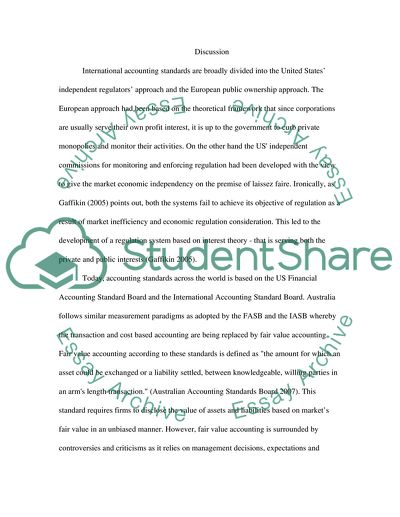Cite this document
(Fair Value Accounting Essay Example | Topics and Well Written Essays - 1500 words, n.d.)
Fair Value Accounting Essay Example | Topics and Well Written Essays - 1500 words. https://studentshare.org/finance-accounting/1548571-accounting-theory-in-australia
Fair Value Accounting Essay Example | Topics and Well Written Essays - 1500 words. https://studentshare.org/finance-accounting/1548571-accounting-theory-in-australia
(Fair Value Accounting Essay Example | Topics and Well Written Essays - 1500 Words)
Fair Value Accounting Essay Example | Topics and Well Written Essays - 1500 Words. https://studentshare.org/finance-accounting/1548571-accounting-theory-in-australia.
Fair Value Accounting Essay Example | Topics and Well Written Essays - 1500 Words. https://studentshare.org/finance-accounting/1548571-accounting-theory-in-australia.
“Fair Value Accounting Essay Example | Topics and Well Written Essays - 1500 Words”. https://studentshare.org/finance-accounting/1548571-accounting-theory-in-australia.


